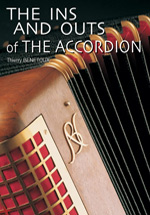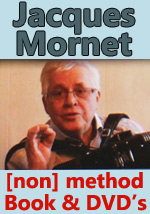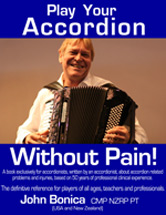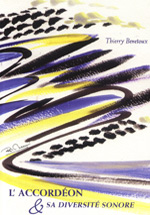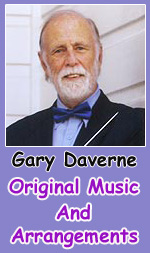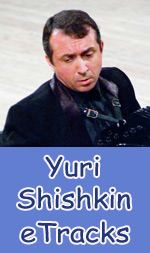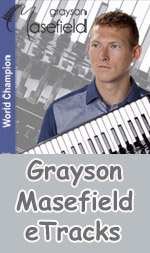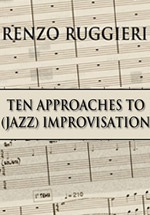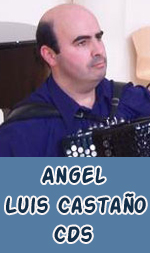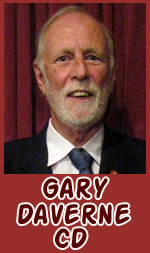Sponsors







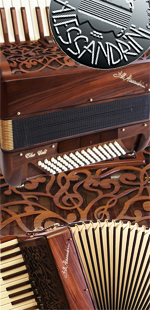


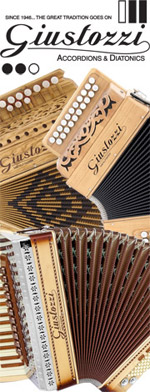
Books (Text)
eSheet (pdf file)


eTracks sound files

Sponsors


Free Services
Books (Text)
Statistics
Sponsors






Gelbe Seiten Veranstaltungen









Recordings (CD, DVD, Video)
Printed Music
Statistics
Free Services


Sponsors








 Share
Share
Link to share - cut and paste:
http://www.accordions.com/news.aspx?d=28-Nov-2014&lang=de&s=9470
http://www.accordions.com/news.aspx?d=28-Nov-2014&lang=de&s=9470
28-Nov-2014
by Harley Jones
|
 Focal dystonia of the hand, also known as ‘musician’s cramp’, has been the subject of almost a decade of study for pianist Rae de Lisle from the University of Auckland. The Senior Lecturer and Head of Piano at the School of Music, who graduates this week, undertook the research for a Doctor of Philosophy degree. Focal dystonia of the hand, also known as ‘musician’s cramp’, has been the subject of almost a decade of study for pianist Rae de Lisle from the University of Auckland. The Senior Lecturer and Head of Piano at the School of Music, who graduates this week, undertook the research for a Doctor of Philosophy degree. A neurological disease that causes involuntary muscle contractions, focal dystonia is estimated to affect one in a hundred professional musicians or approximately 10,000 performers worldwide. The condition occurs when the brain sends incorrect information to the muscles and is thought to be due to a blurring of the areas in the brain responsible for individual finger movement. The disorder is believed to result from repetition of specific tasks and usually occurs in musicians of a high level, who have intensively practiced their instruments over a number of years. Rae de Lisle investigated whether it was possible to recover from focal dystonia through retraining at the instrument. The study, conducted with the guidance of renowned sports physician Dr Ben Speedy, clearly showed, with scientific method, that retraining a person’s neural pathways can improve the symptoms of the devastating condition in musicians. Music performance at a professional level is one of the most demanding tasks for the human central nervous system as it involves the precise execution of fast and, in many instances, extremely complex physical movements at the same time as engaging the ears and the emotions. For concert pianists, who have continually practiced the fine motor skills professional level playing involves, the stress on the body can be enormous. In such a competitive environment, musicians are required to practice long hours to try and achieve the level of perfection the public are accustomed to hearing on CDs, which increases the risk of developing focal dystonia. The consequences of the condition have traditionally been dire for professional musicians, often ending their performing careers. A personal interest initially drew Rae, a celebrated pianist, to the area following an overuse injury that she was unable to recover from. It was while searching for her own answers to what ailed her that she learnt about other musicians’ injuries, and became intrigued with focal dystonia. Rae’s research showed that it was possible to improve the symptoms following a case study of six musicians afflicted with focal dystonia. Under her guidance they painstakingly reprogrammed their finger, hand and arm movements to activate new neurological pathways. “For recovery from focal dystonia the brain needs to be reorganised through learning to play in a different way. With concentrated and focused repetition of the biomechanically most natural movements, gradually these pathways could become the default channel of communication, resulting in the return of playing ability,” says Rae. New Zealand’s most revered concert pianist Michael Houstoun was helped by her retraining. The findings suggest rehabilitation from ‘musician’s cramp’ is achievable and the condition is possibly preventable. For her next project Rae de Lisle is researching and writing a book on piano technique and injury prevention. |



